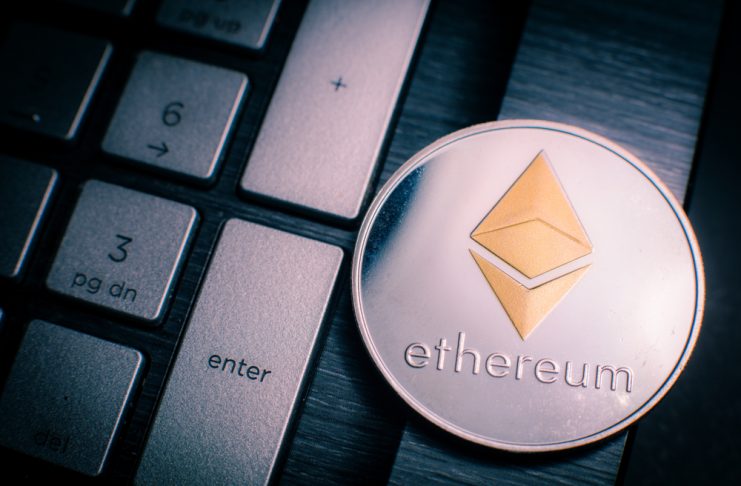Ethereum is one of the more interesting blockchain and cryptocurrencies ecosystems next to Bitcoin. Even so, there are genuine concerns over its capabilities to scale or reduce overall transaction costs. It appears a solution has come to market which allows users to tokenize Ethereum Gas as they see fit. There are a lot of interesting aspects to this concept, albeit it remains to be seen if and how it will be used accordingly.
Contents
Teaching a Valuable Lesson About Gas
Most people who use Ethereum or purchase ETH don’t have the faintest idea what gas really is. Even though it is a crucial aspect of using Ethereum in any way, shape, or form, not too many people actively pay attention to this facet. By actively allowing users to tokenize Ethereum gas, a very interesting situation is created. After all, this may serve as a valuable educational tool down the line.
By actively bringing more attention to this fundamental resource of the Ethereum ecosystem, this new project can help people understand how things work exactly. It will also put a spotlight on the fluctuating value of gas, even though it is used for every single transaction. There is always a shortage of ways to make people properly understand how cryptocurrencies, tokens, and assets work. As such, tokenizing Ethereum gas can be a major breakthrough in that regard as well.
Saving up for a Rainy day
More experienced Ethereum users will know it can be difficult to calculate the correct gas prices at any given time. Moreover, it would appear there are some major fluctuations in terms of how much users will effectively spend when sending a transaction at a specific time. By tokenizing Ethereum gas, users can “bank” some gas when it is cheap to use and spend that tokenized version when the gas prices are higher later on.
Especially during a time when ICOs or similar token sales come around, having some cheaper gas stored in a tokenized form can be rather crucial. No one enjoys spending a lot of gwei simply to obtain a new token which might not necessarily appreciate in value anytime soon. In the end, it all comes down to helping users save on costs, which is something everyone can get behind.
How Does it Even Work?
Perhaps the biggest question is how one can even begin to save gas. To explore the boundaries of tokenizing Ethereum gas, one needs to look under the hood of the network and its features. One such feature is known as Storage Refund, which allows smart contracts to delete storage variables. These variables are broadcast to all network nodes, which means there is a fair bit of excess data to go around. As these variables are deleted or reduced, a refund will be issued to the contract owner.
Whereas most people would think these refunds are insignificant, that is not the case. In fact, some refunds can cover a significant portion of the gas used by any contract transactions, except for singular sends. It was a matter of time until someone divided to leverage this technology in such a way which would benefit the majority of Ethereum users and projects exploring this ecosystem.
Anyone can use it Starting Today
As intriguing as all of the above may sound, users may be wondering how they too can benefit from this new solution. A third-party smart contract known as GasToken has been created not that long ago. It is the way to begin tokenizing Ethereum gas today, although the contract’s code can be found on GitHub. As such, anyone can create a similar project or improve upon the existing offering as they see fit.
It is also possible to implement this solution into any Ethereum contract interface such as Mist, Solidity, or MyEtherWallet. Users can create tokens with relative ease and deploy banked gas without any real problems as well. While the GasToken code has never been audited from a security point of view, the train of thought opens up some interesting opportunities for the future. This solution can be used right now, as no one needs to buy GasTokens to get in on the action.
Disclaimer: This is not trading or investment advice. The above article is for entertainment and education purposes only. Please do your own research before purchasing or investing into any cryptocurrency or digital currency.
Image(s): Shutterstock.com




